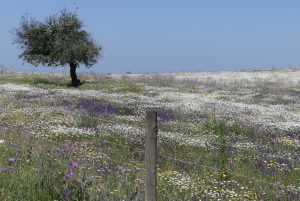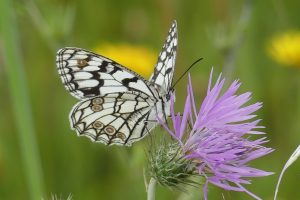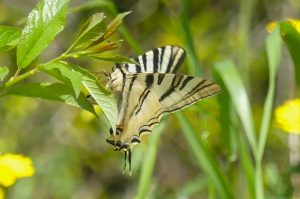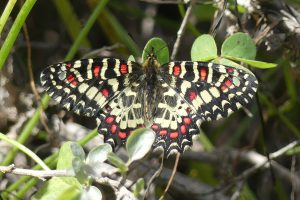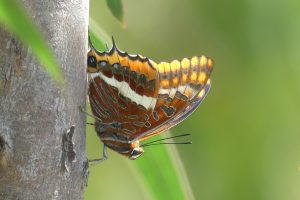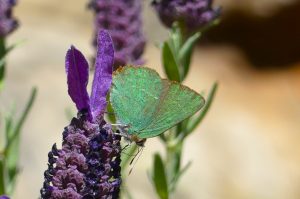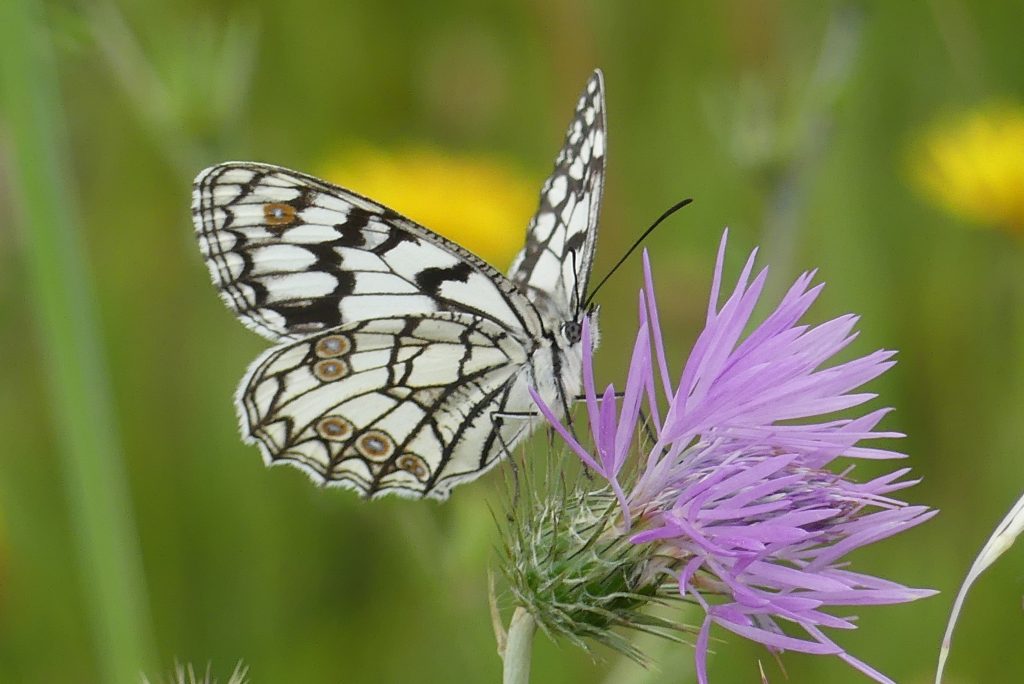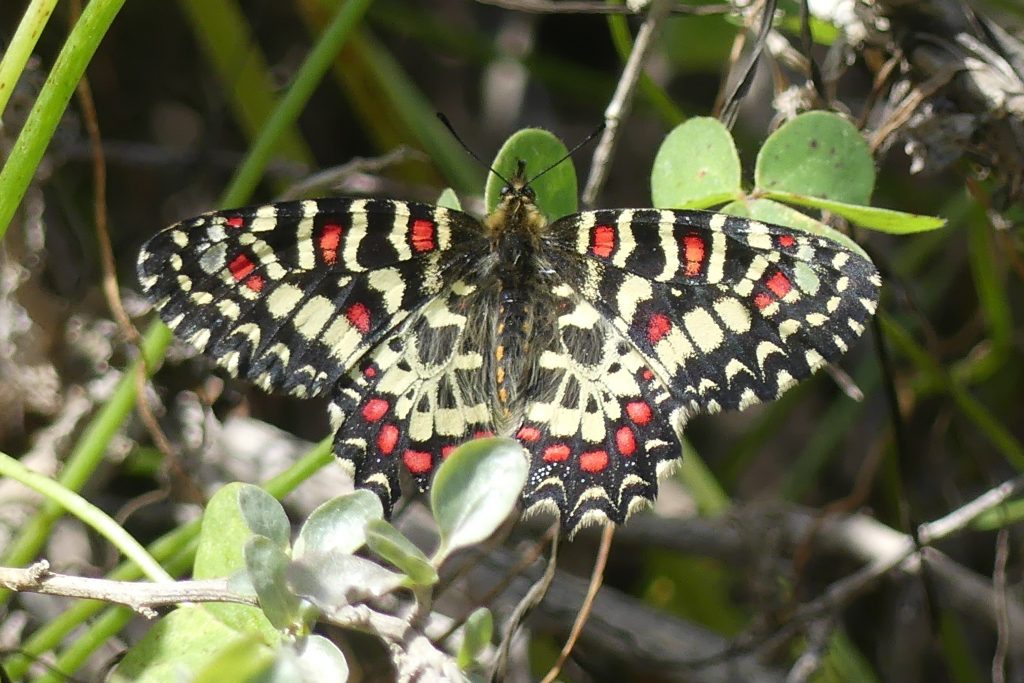Southern Portugal butterfly destination
Peter Hall, advisor to eButterfly
Back in early 2020, my wife Judy and I had planned a trip to Portugal, hoping to find some bird and butterfly lifers. Southern Portugal, in the Algarve and Alentejo regions, holds a number of Iberian Peninsula butterfly endemics and rarities that were high on my must-see European list. A few days before the planned departure, the COVID-19 pandemic hit Portugal, so the trip was sidelined.
Then, this year, in April 2024, all seemed set to follow through on the planned visit. We landed in Faro on the south coast, directly from Ottawa. The weather was 20 degrees C and sunny, and forecasts called for this kind of weather for the next three weeks. We were off!
Starting from an updated fisherman’s cottage on the Atlantic coast near Tavira in the Algarve, we visited most of the better wetlands along the Spanish border. Shorebirds and waders were numerous (e.g. flamingos, spoonbills, godwits), but we also soon found some of our endemic butterfly targets, including a Spanish Festoon (swallowtail) right in our front garden. Also present were Green-striped Whites and Spanish Marbled Whites.
On a side trip inland to two well-known butterfly hotspots (Fonte da Benemola and Rocha da Pena) at a higher elevation in cork woodlands and a river valley, we came across good colonies of some highly localized butterflies (Chapman’s Green Hairstreak and Black-eyed Blue) and also hoped-for larger, spectacular species such as Iberian Scarce Swallowtail, Cleopatra, and Old World Swallowtail.
We next moved north to a birding inn on a large reservoir in the southern Alentejo. The owner and some staff were expert birders and had good knowledge of the local butterflies, so our hopes were high. The fields and hills were carpeted with a myriad of colourful wildflowers – Iberian Lavender, Common Poppy, Corn Marigold, Gum Cistus and Winter Chamomile. We soon found some of the target birds, such as both bustard species, the Spanish Imperial Eagle and Black-eared Wheatear. Our main target butterfly soon showed up. A number of spectacular Two-tailed Pashas were present in the beautiful gardens at the inn, circling their larval foodplant, the Strawberry Tree. Spanish Gatekeepers also danced along the road into the inn while a very fresh Iberian Scarce Swallowtail female was photographed laying eggs on plum trees planted specifically for them.
Our third destination was the hilltop town of Mertola, close to the Spanish border, surrounded by its Moorish wall with a large castle high up on a crest. The goal was to find butterflies and birds along the Guadiana River, which formed part of the border with Spain in southern Portugal. Here, there were lots of Mediterranean birds, such as hoopoes, bee-eaters, and rollers. There were also several early-flying hairstreaks, such as the False Ilex and Blue-spot. There were also two mainly African species that are now found in the southern Iberian Peninsula – the Common Geranium-bronze and the Dark Grass Blue.
Altogether we saw only 38 butterfly species, but for us they were very high-quality sightings that filled a large gap in our European list. All sightings are now on eButterfly and we believe they are the first records for mainland Portugal.
